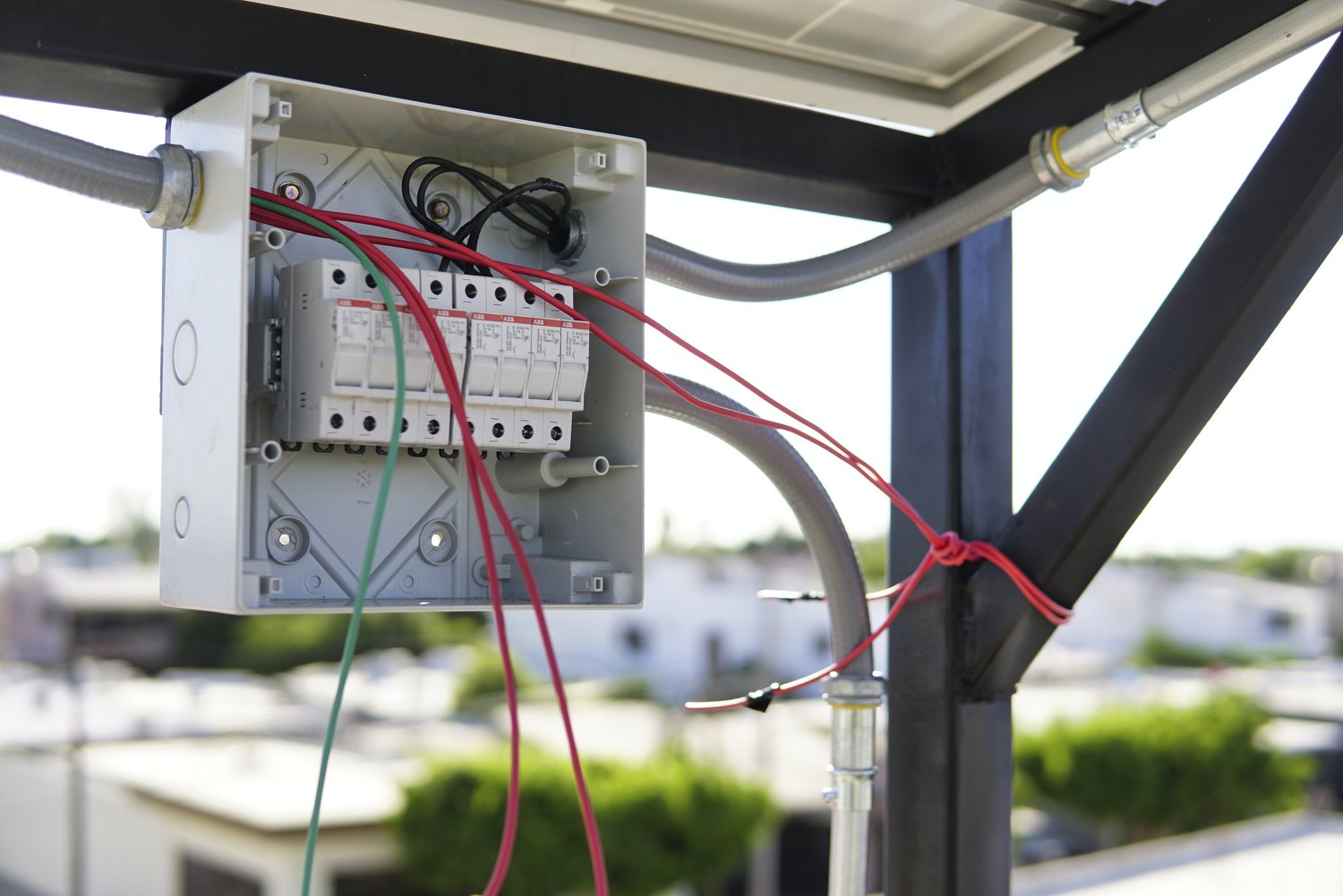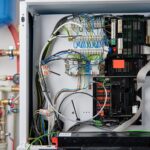In the evolving world of renewable energy, solar battery management systems stand as vital components for ensuring efficient power utilization. As we increasingly rely on solar energy, understanding the intricacies of these systems becomes crucial, especially when confronted with common errors that can disrupt power flow and diminish storage efficiency.
- Identifying Common Errors: Discover the typical errors that affect solar battery management systems, impacting both power flow and storage capabilities.
- Understanding Power Flow Diagnostics: Explore the tools and methods employed to diagnose power flow challenges in solar battery systems.
- Enhancing Storage Diagnostics: Learn about strategies to improve diagnostic processes, ensuring optimal performance of solar battery management systems.
By diving into these topics, readers will gain valuable insights into maintaining their solar systems’ efficiency and reliability, paving the way for more sustainable energy usage.
Identifying Common Errors in Solar Battery Management Systems
The proliferation of solar battery management systems has revolutionized how we harness and store solar energy. However, these complex systems are not free from errors. Understanding common errors is crucial for ensuring optimal performance and storage efficiency.
One prevalent issue is the improper calibration of the battery management system. Incorrect settings can lead to inefficient power flow, which affects the overall performance of the solar system. Regular monitoring and recalibration are vital to avoid such issues.
Voltage imbalances are another frequent problem. They occur when batteries within the system are not equally charged or discharged, which can strain the overall system, reducing its lifespan and efficiency. Balanced charging settings should always be verified to prevent these imbalances.
Connectivity errors, often due to faulty wiring or poor connections, can disrupt power transfer between the solar panels and the battery system. These issues can arise from substandard installation practices or wear and tear over time. Routine inspections of electrical connections are essential for maintaining seamless power flow.
Overcharging and undercharging are also common challenges. Both can severely damage the battery cells, leading to reduced storage capacity and efficiency. Implementing robust charge controllers can help mitigate these risks by maintaining optimal charge levels.
Finally, temperature fluctuations can impact battery performance. Extreme temperatures can lead to increased internal resistance and reduced battery life. Utilizing thermal management systems can moderate the temperature, ensuring the battery operates within safe limits.
Understanding Power Flow Diagnostics
Diagnosing power flow issues in solar battery systems is critical for maintaining efficiency and prolonging the system’s lifespan. Understanding how power moves through the system can help identify any bottlenecks or disruptions.
One of the essential tools for power flow diagnostics is the multimeter. This device measures voltage, current, and resistance, providing insights into the system’s electrical performance. Regular checks with a multimeter can quickly identify anomalies in power flow.
Another valuable diagnostic method is thermal imaging. This technique allows for the identification of hot spots within the system, which can indicate areas of poor connectivity or resistance. By visualizing these problem areas, corrective actions can be taken to ensure effective power distribution.
Data logging tools are invaluable for long-term monitoring of power flow trends. These tools track system performance over time, identifying patterns and predicting potential failures before they occur. Implementing data loggers offers a proactive approach to system maintenance.
Finally, software-based diagnostics play a significant role in optimizing solar battery management systems. Many modern systems come equipped with diagnostic software that provides real-time data and alerts on power flow irregularities. Utilizing these software tools can significantly enhance troubleshooting efficiency.
By employing these diagnostic techniques, solar battery system operators can maintain an efficient and reliable power flow, ensuring optimal energy storage and utilization.
Enhancing Storage Diagnostics in Solar Battery Management Systems
In the realm of renewable energy, solar battery management systems play a pivotal role in ensuring efficient energy storage and usage. Enhancing storage diagnostics is vital for maintaining the longevity and performance of these systems. This involves implementing advanced strategies and utilizing cutting-edge tools to monitor and troubleshoot potential issues.
One effective approach is integrating remote monitoring software. This technology allows real-time data analysis on battery performance metrics, such as charge cycles, discharge rates, and overall efficiency. By identifying anomalies early, technicians can swiftly address issues before they impact the overall energy storage.
Another valuable strategy is the use of smart sensors that provide detailed insights into temperature fluctuations, voltage levels, and humidity within the storage environment. These sensors enable proactive maintenance, reducing the risk of sudden power outages or capacity loss.
Additionally, periodic diagnostic tests should be scheduled to ensure optimal battery health. Regular tests, including load assessments and capacity evaluations, help in identifying declining performance trends. This information is crucial for making informed decisions regarding repairs or replacements.
By focusing on storage diagnostics in solar battery management systems, you can enhance system reliability and efficiency. With the right combination of tools and strategies, you can ensure that your solar energy system consistently delivers peak performance.
Frequently Asked Questions about Solar Battery Management Systems
What are the signs of a failing solar battery management system?
Symptoms include irregular power flow, reduced storage capacity, and frequent error notifications.
How can I perform a power flow diagnostic?
Use a multimeter to check voltage levels and verify inverter connections for potential issues.
What tools are essential for storage diagnostics?
Essential tools include:
- Battery analyzers
- Data loggers
- Software for real-time monitoring
How often should I maintain my solar battery management system?
Regular maintenance should be carried out every six months or as recommended by the manufacturer.
What are the benefits of early error detection in solar systems?
Early detection prevents major system failures, prolongs battery life, and maintains energy efficiency.





